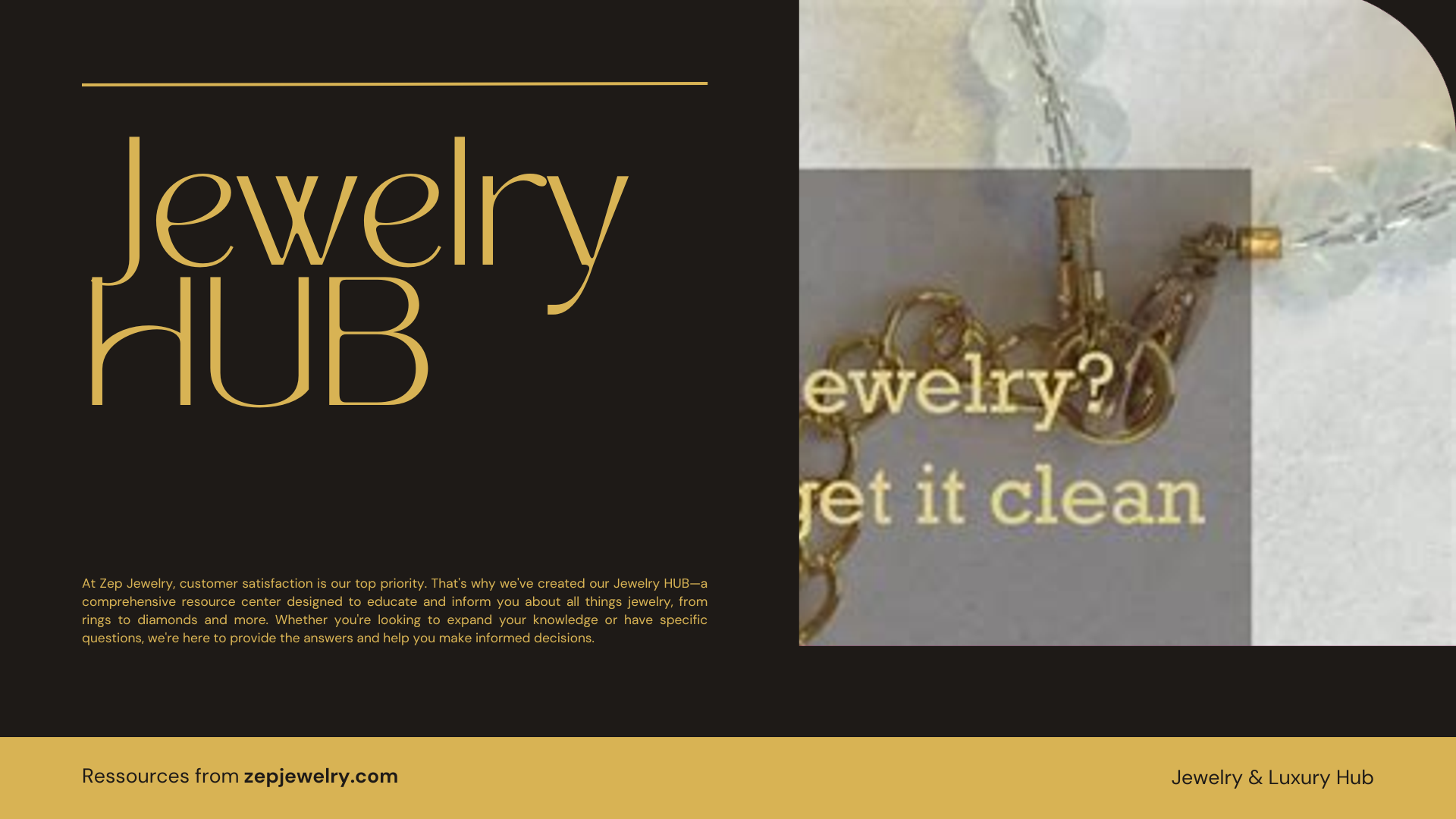Have you ever wondered why your favorite silver necklace looks more like a relic from a treasure hunt? Jewelry tarnish is akin to the metal’s natural aging process, transforming shiny treasures into muted memories of their former selves. This fascinating phenomenon occurs due to a cocktail of chemical reactions, as metals like silver and gold dance a delicate waltz with moisture, body oils, and environmental pollutants. Understanding what causes this transformation not only helps you preserve your jewelry but also transforms a moment of tarnish into an opportunity for restoration and renewal. Let’s delve into the intricate world of tarnishing and discover how we can keep our beloved pieces sparkling.
What causes jewelry to tarnish?
Jewelry tarnish is a natural phenomenon that affects many metal types and occurs primarily due to the chemical reactions between the metal and various substances it encounters over time. Common contributors to this tarnishing process include moisture from the environment, as well as body oils, sweat, perfumes, deodorants, and lotions that we apply daily. Additionally, environmental factors play a significant role; for instance, sulfur present in our atmosphere can accelerate tarnishing, particularly in industrial areas where pollution is prevalent.
Different metals react to these substances at varying rates, with sterling silver being one of the most reactive. This means it can tarnish relatively quickly when exposed to common household products like bleach, which contains chlorides, or even the naturally occurring sulfides we emit through our bodies. If you live in a humid climate, the moisture can worsen the reaction, leading to a faster tarnishing process. Understanding these interactions can empower you to take proactive steps in preserving your beloved jewelry’s luster.
Many might wonder just how tarnished jewelry can get—some pieces might develop a subtle dullness over time, while others can evolve into a deep, dark patina. It’s essential to recognize that tarnishing isn’t just about aesthetics; it also highlights the delicate balance between our skin chemistry and the materials we choose to wear. By being mindful of the products we use and the environments we frequent, we can extend the beautiful shine of our jewelry for much longer. After all, knowledge is power, especially when it comes to maintaining the beauty of our precious adornments!
Which metals are most prone to tarnishing, and why?
Tarnishing is most commonly associated with metals like sterling silver, brass, and copper. Sterling silver is especially susceptible because of its high silver content—this metal reacts with sulfur and moisture. Brass, composed of copper and zinc, tarnishes due to the oxidation of copper, which can result in a greenish patina. On the other hand, high-karat gold (14kt and above) resists tarnishing, though plated gold may tarnish over time if the coating wears thin.
How can I prevent my jewelry from tarnishing?
To limit tarnishing, store your jewelry in a cool, dry place and consider using anti-tarnish pouches or strips, which absorb pollutants that could cause tarnish. Keeping jewelry away from humidity, like in the bathroom, and avoiding direct contact with chemicals from beauty and cleaning products can significantly extend its shine. Regularly wiping your pieces with a soft cloth can also help remove any oils or residues that may contribute to tarnishing.
Are there effective cleaning methods for tarnished jewelry?
Yes, several methods exist for cleaning tarnished jewelry, and the ideal choice often depends on the material. For sterling silver, creating a paste from baking soda and water works well. Brass can be cleaned simply using soap and water, while polishing cloths specifically designed for metal jewelry can help maintain shine. It’s crucial to follow guidelines to ensure the method is safe for any gemstones included, as some chemicals can damage porous stones like pearls or opals.
What impact does skin pH have on tarnishing?
Skin pH can significantly influence how quickly jewelry tarnishes. Individuals with higher acidity levels in their skin may find that their jewelry tarnishes more rapidly, particularly sterling silver, which reacts more quickly to acidic conditions. This variance emphasizes the importance of isolating pieces that tend to tarnish based on individual wearers’ skin chemistry and opting for metals less prone to tarnish based on one’s dermal composition.
Does tarnishing damage the metal itself?
Tarnishing is a surface phenomenon caused by the formation of a layer of metal sulfide on the surface, which does not affect the underlying metal. While tarnish can make jewelry appear dull and less appealing, excessive polishing or improper cleaning techniques can lead to wear and tear of the jewelry piece itself. Thus, it’s often safer to remove tarnish with chemical treatments or gentle cleaning rather than aggressive scrubbing, which can inadvertently damage the jewelry.
What unique factors accelerated tarnishing during the pandemic?
The increased use of hand sanitizers, often rich in alcohol, and frequent application of moisturizers contributed to accelerated tarnishing of jewelry during the pandemic. These products can leave deposits on jewelry that not only hasten tarnishing but can also affect softer gemstones. Additionally, altered hygiene habits prompted by health guidelines led to a rise in jewelry care discussions, highlighting the need for maintenance even in changing lifestyles.
